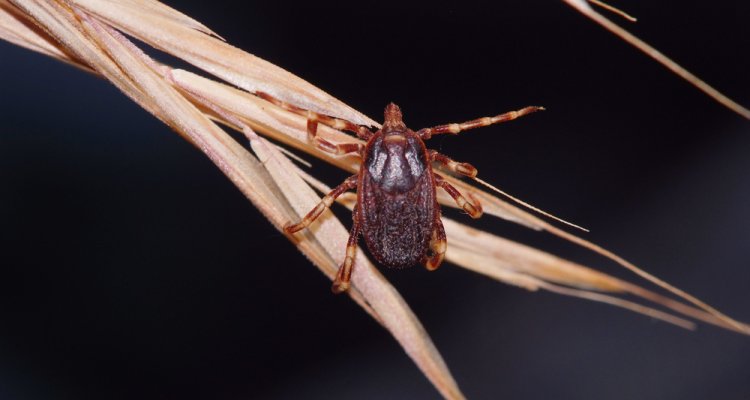
Crimean Congo haemorrhagic fever
Crimean Congo haemorrhagic fever virus (CCHFV) is a bunya virus transmitted from animals to humans via ticks. In humans, the virus can cause serious illness, typified by haemorrhages accompanied by high fever. Wageningen Bioveterinary Research (WBVR) conducts research on this disease.
Antibodies have been found in numerous wild and domestic animal species, such as cattle, goats, sheep and hares. Animals may serve as amplifying hosts for the virus. The animals themselves do not get sick from it. However, they are the main source for spreading the virus to the ticks that feed on them.
Ticks can transmit the virus to humans. CCHF can be transmitted from one infected human to another by contact with infectious blood or body fluids. CCHF is a severe disease in humans. Published data show that in different outbreaks, the percentage of CCHFV infections in humans that are fatal varies from 5 to over 40%. Fortunately, human illness occurs infrequently, although animal infection may be more common.
Clinical signs of Crimean Congo hemorrhagic fever
Spread of Crimean Congo hemorrhagic fever
Ticks of the genus, Hyalomma, particularly Hyalomma marginatum are believed to be both a reservoir and a vector for the CCHF virus. The virus has been found in other Ixodid (hard) ticks although it is not clear whether they are able to transmit the virus.
The disease was first characterized in the Crimea in 1944. It was then later recognized in 1969 as the cause of illness in the Congo, thus resulting in the current name of the disease. Evidence of CCHF virus has been found in Africa, Asia, the Middle East and Eastern Europe.
The distribution area of this tick has now shifted to just south of Paris. It is therefore expected that the chance of introducing (infected) Hyalomma marginatum ticks, which can settle in the Netherlands, will increase in the foreseeable future. That this chance is not imaginary is underlined by the fact that in 2012 a Hyalomma marginatum tick was found for the first time in the Netherlands.
Vaccine Crimean Congo hemorrhagic fever
Research on Crimean Congo hemorrhagic fever
Because CCHFV is a very dangerous virus for humans and there are no good vaccines, antivirals or effective treatment methods for it, research with this virus has been classified in the highest safety class, BSL4. This class also includes the well-known Ebola and Marburg viruses.
In the Netherlands, BSL4 research facilities are very limited and there is little experience with these pathogens.